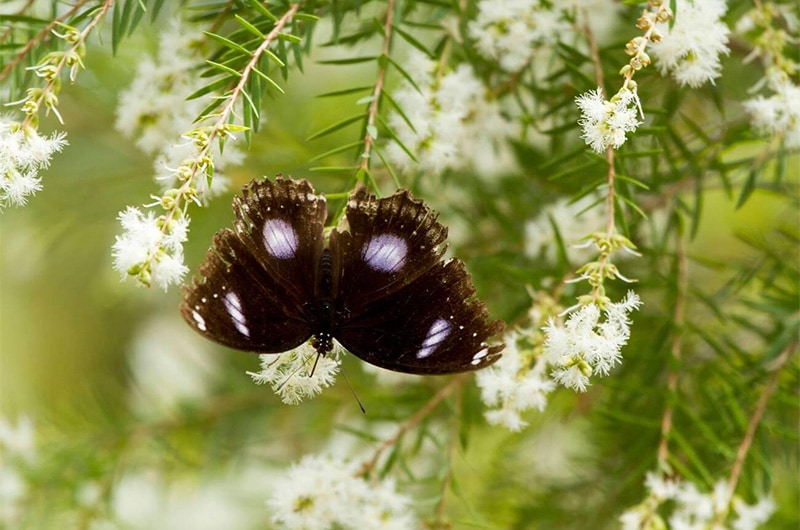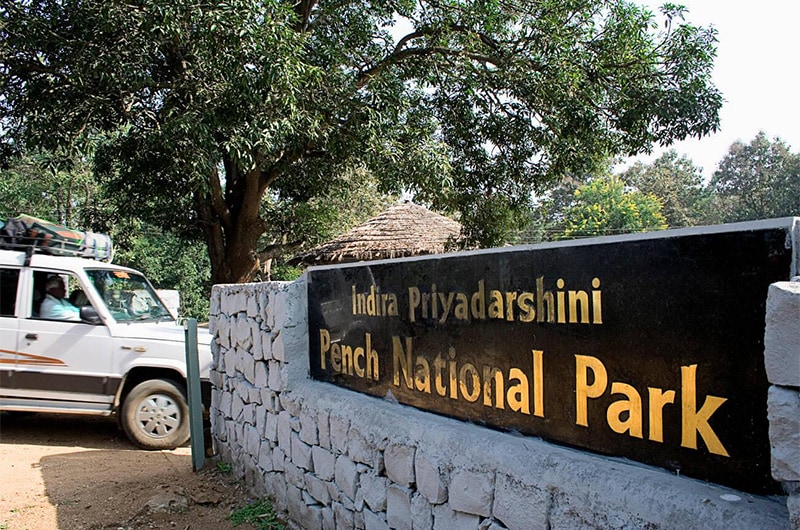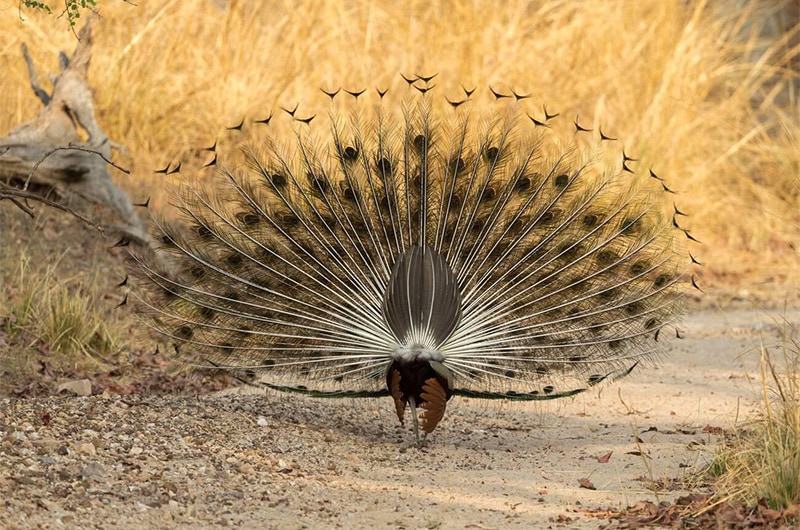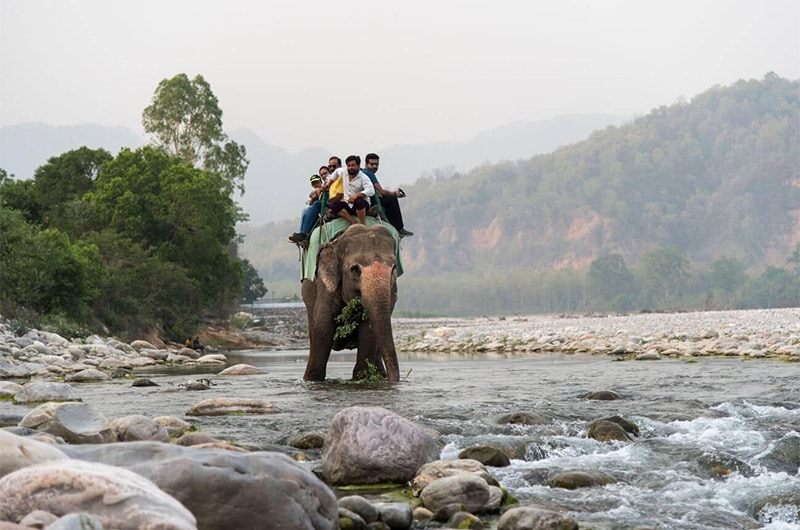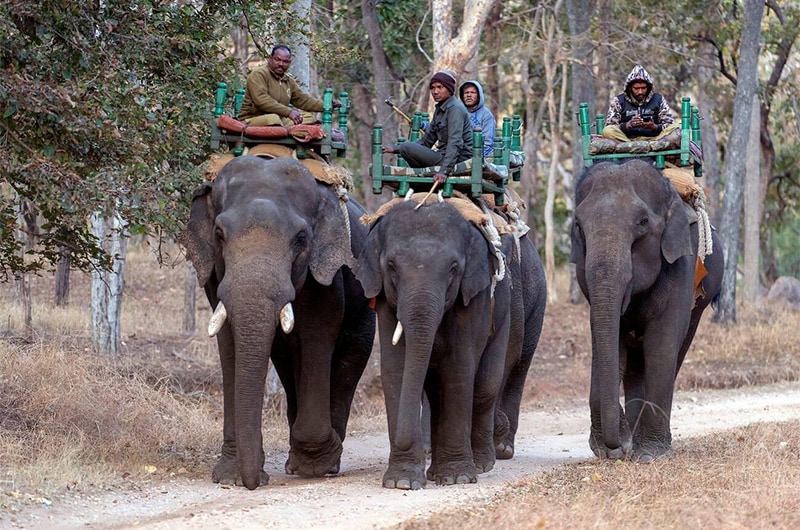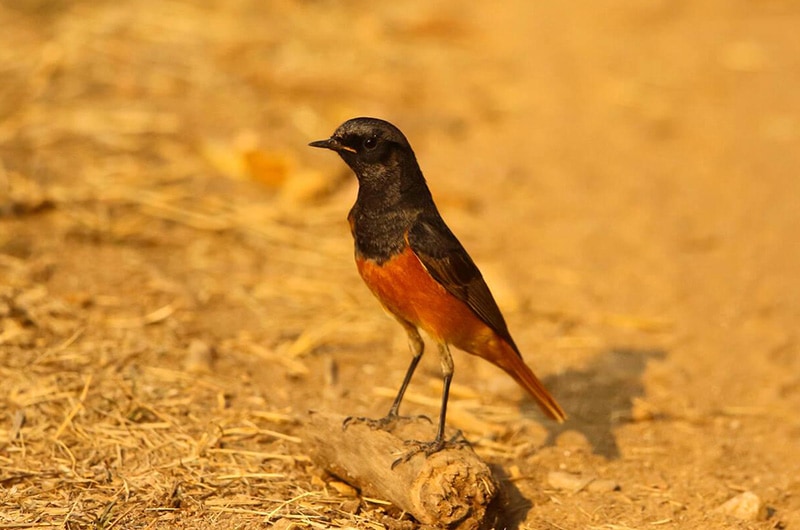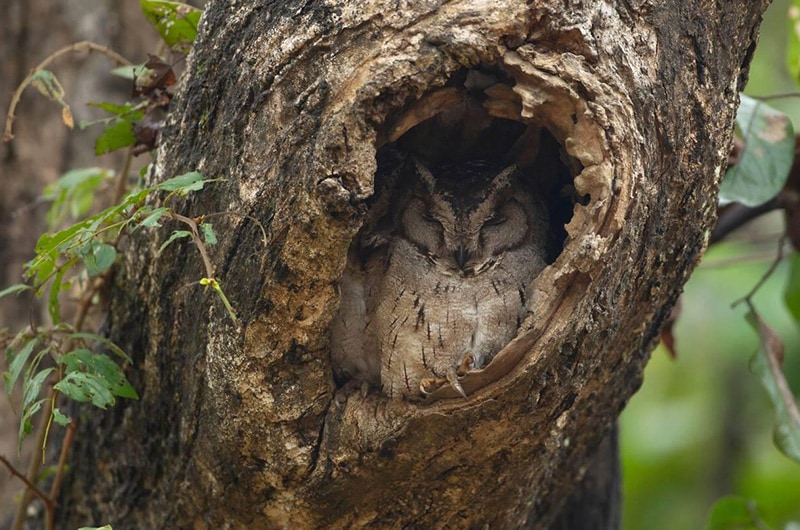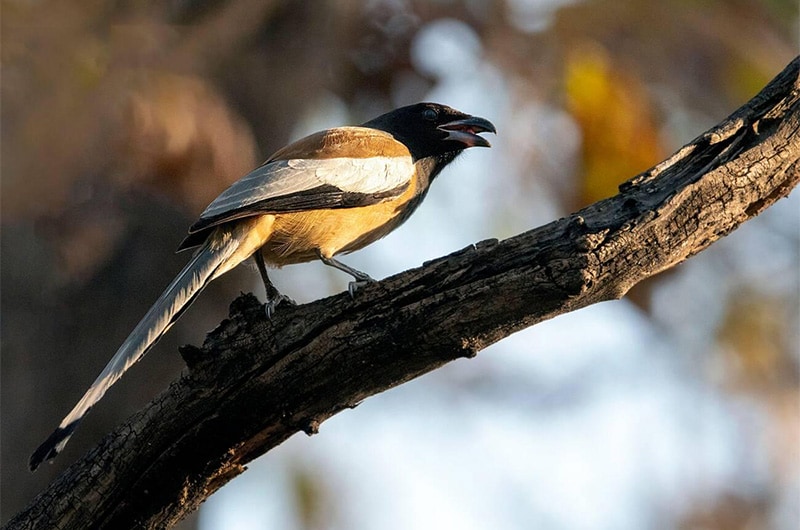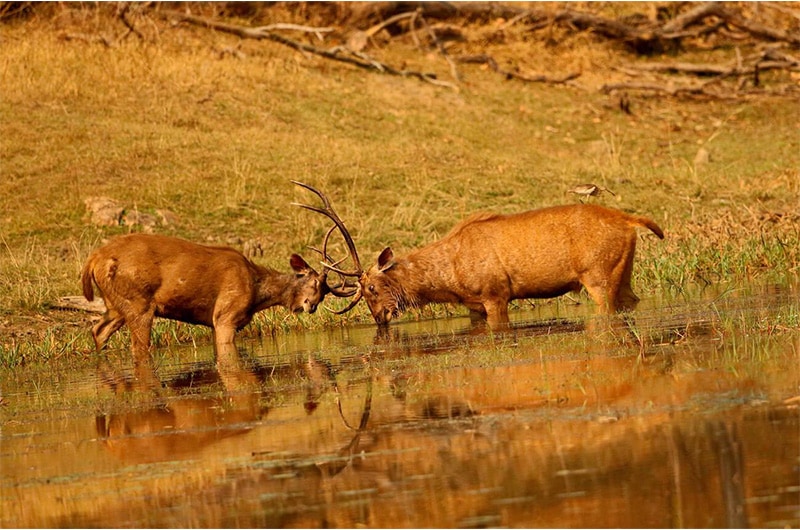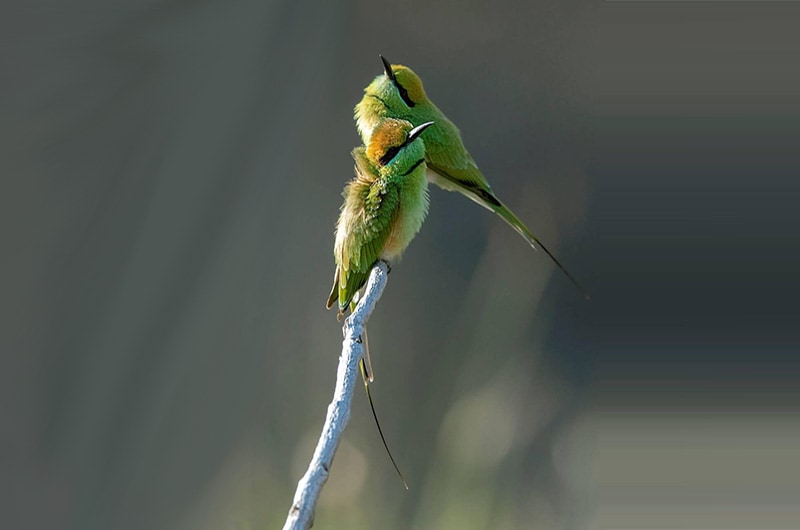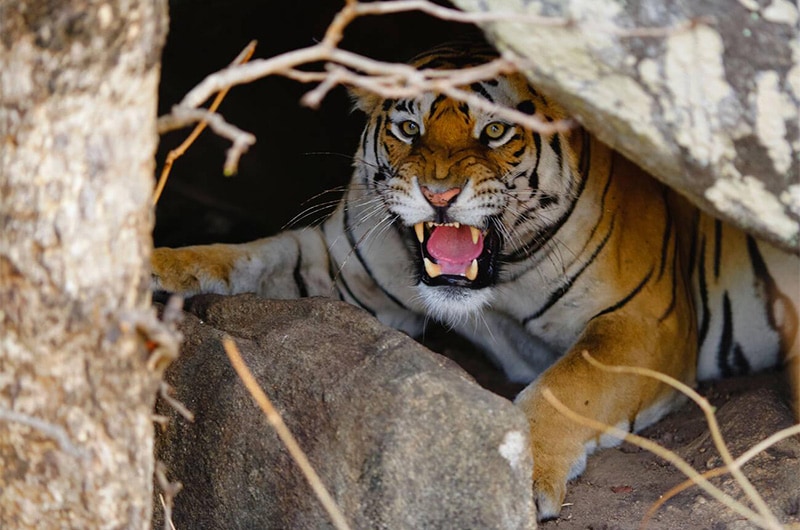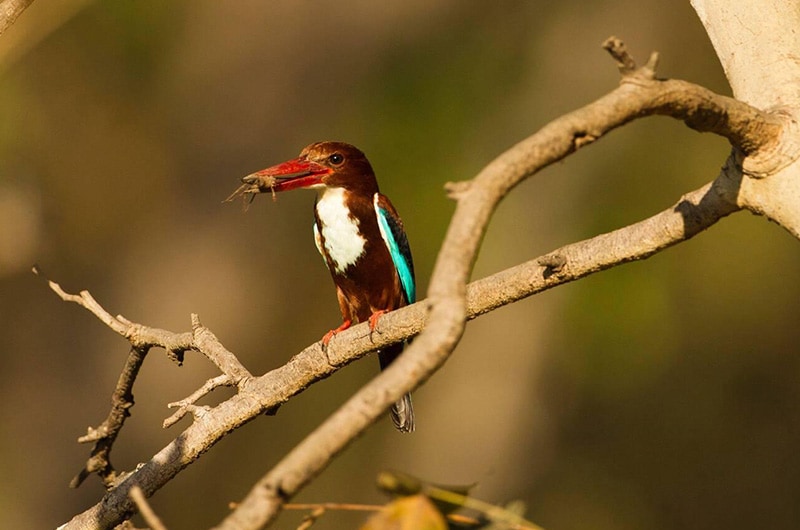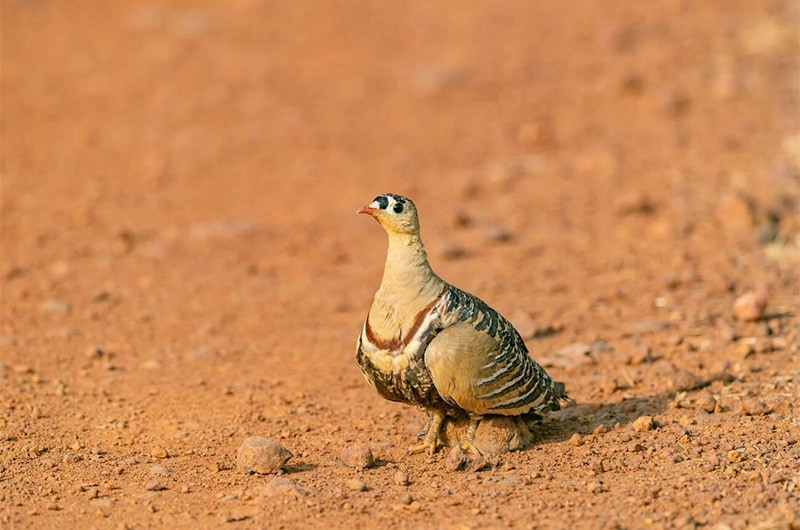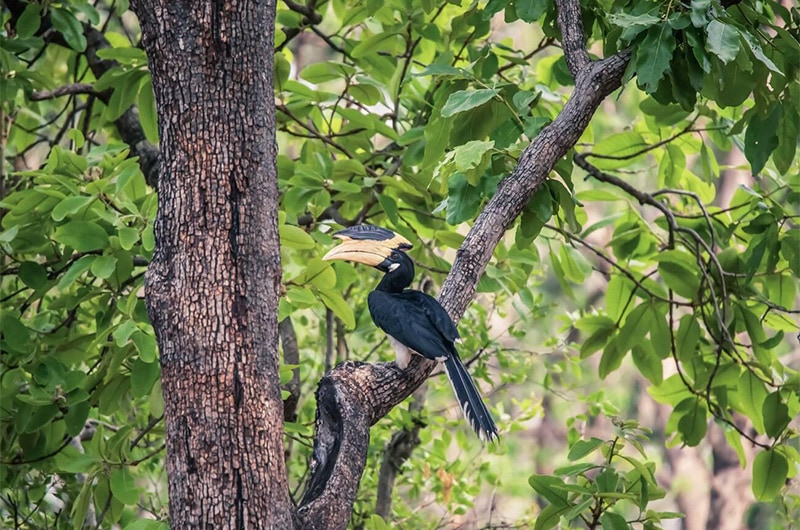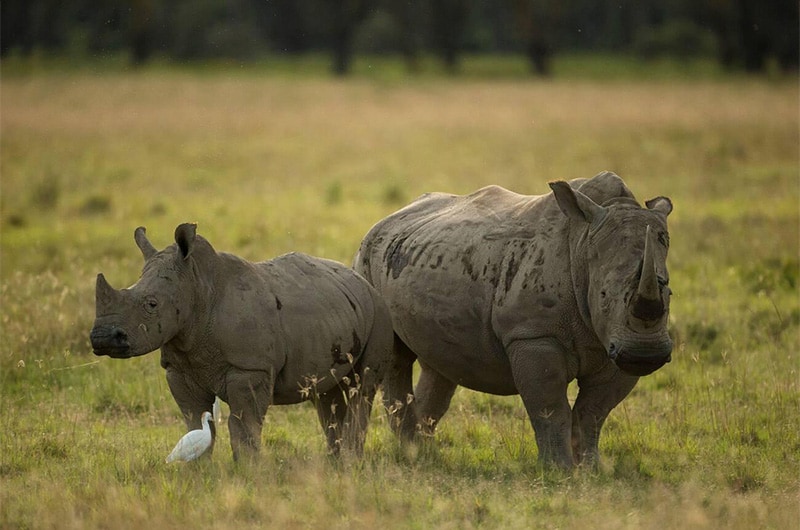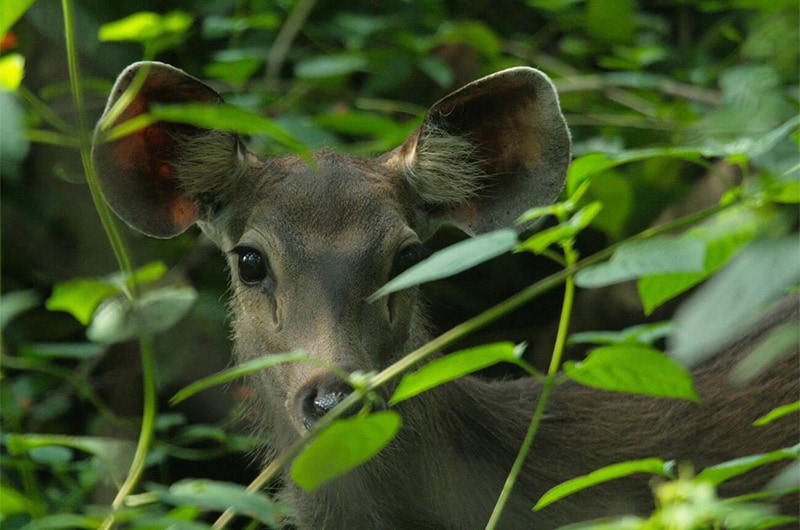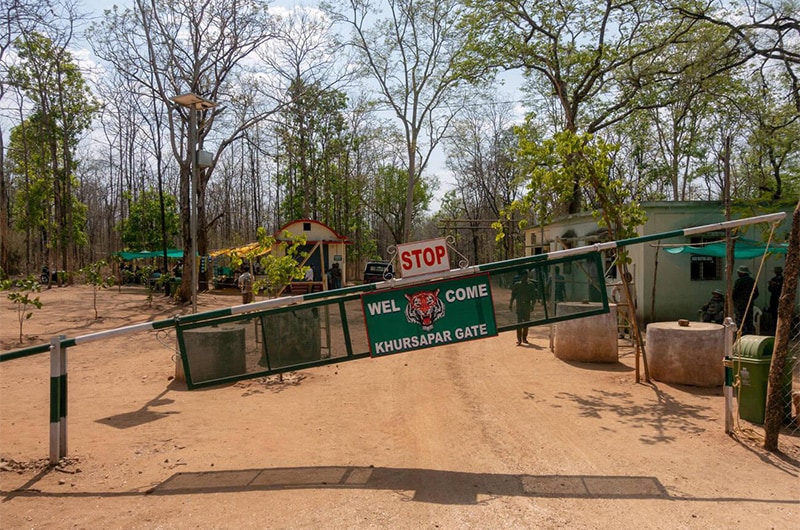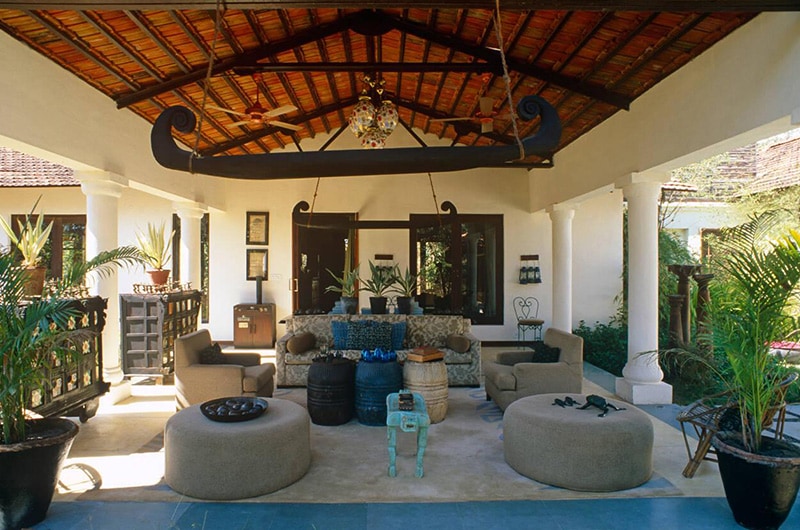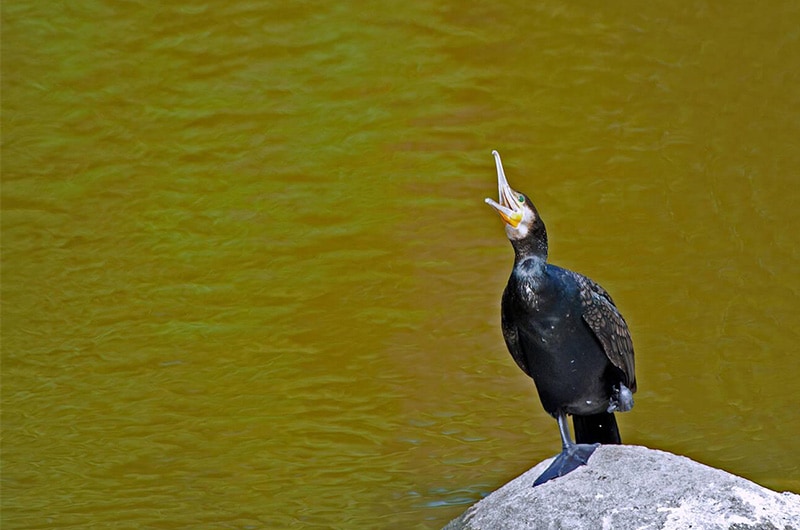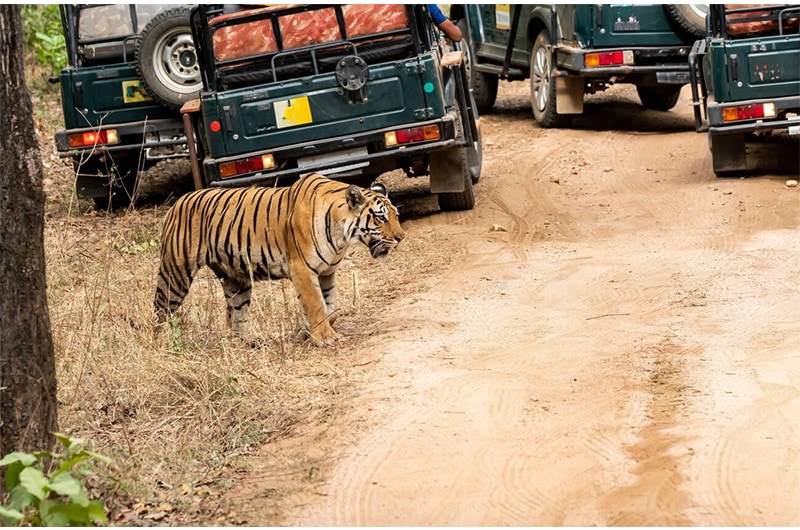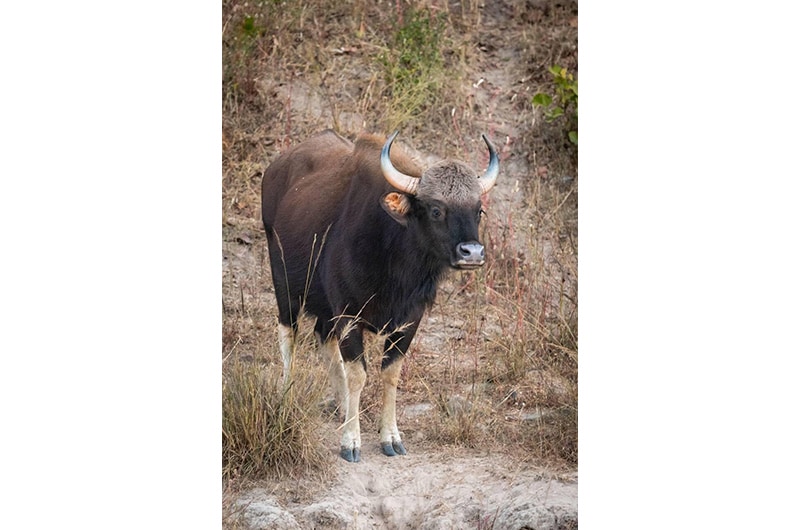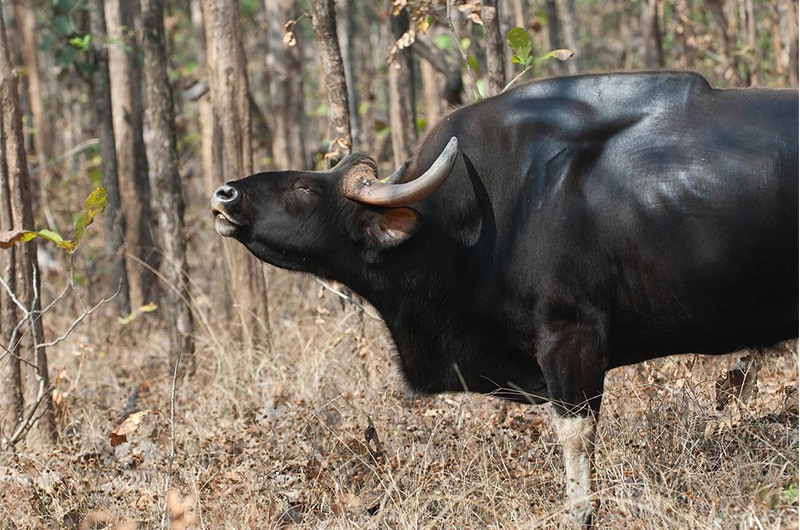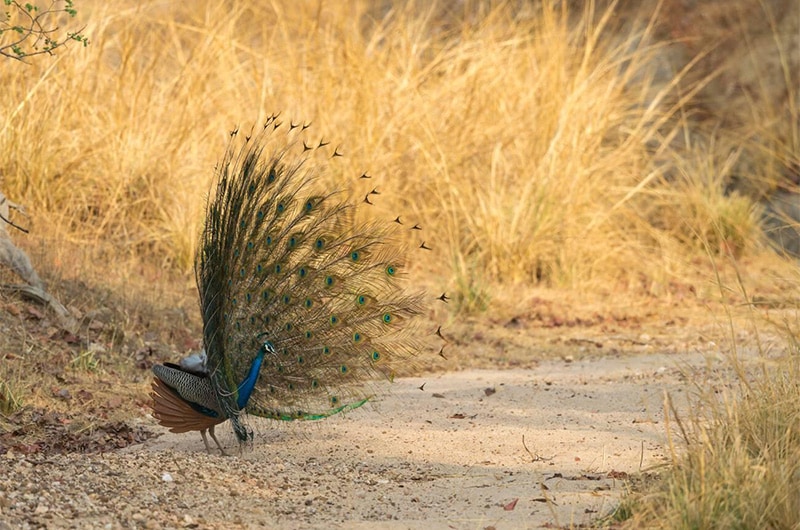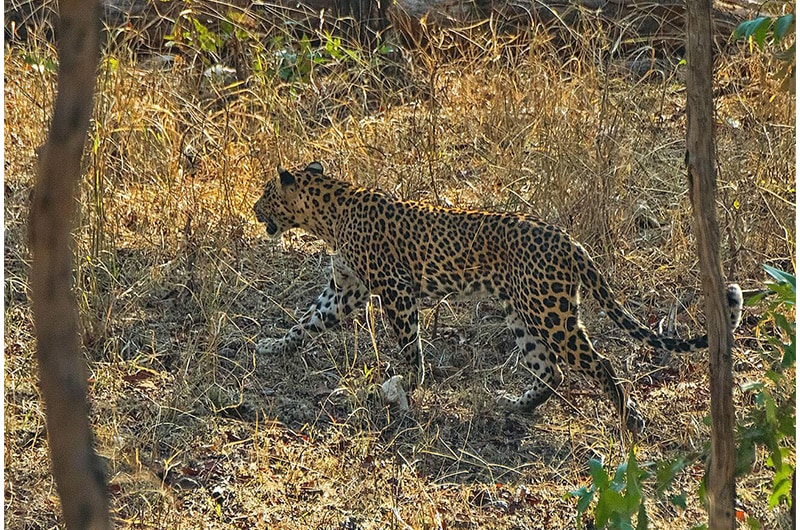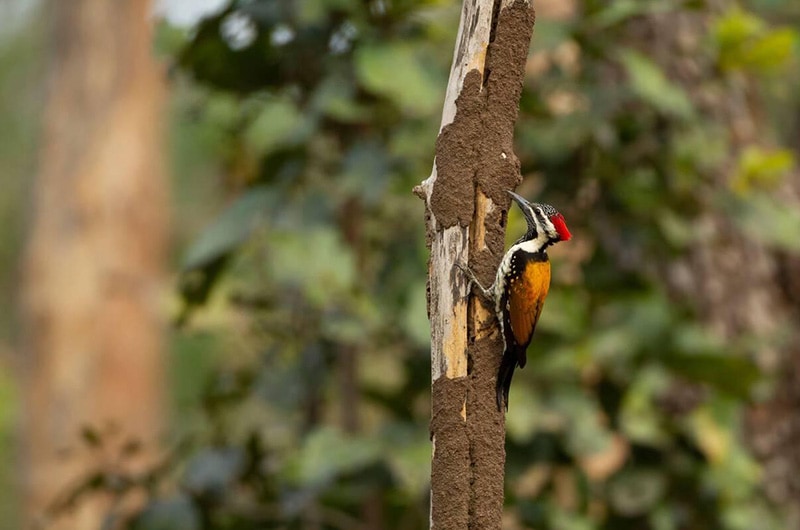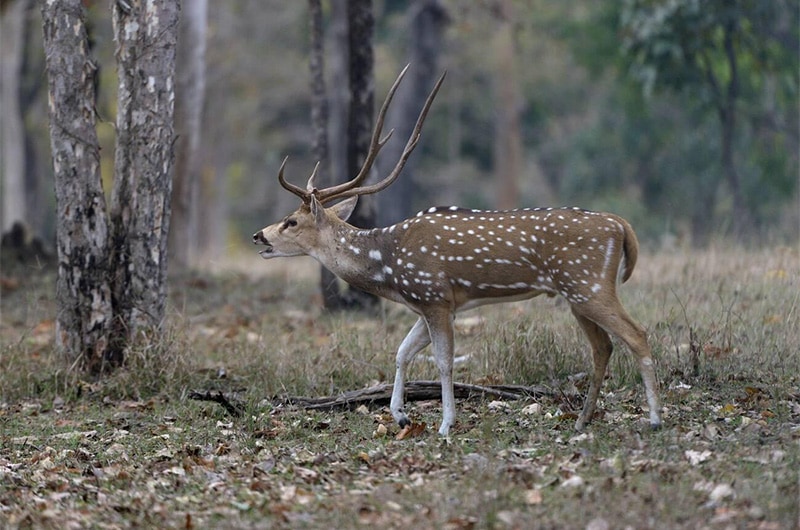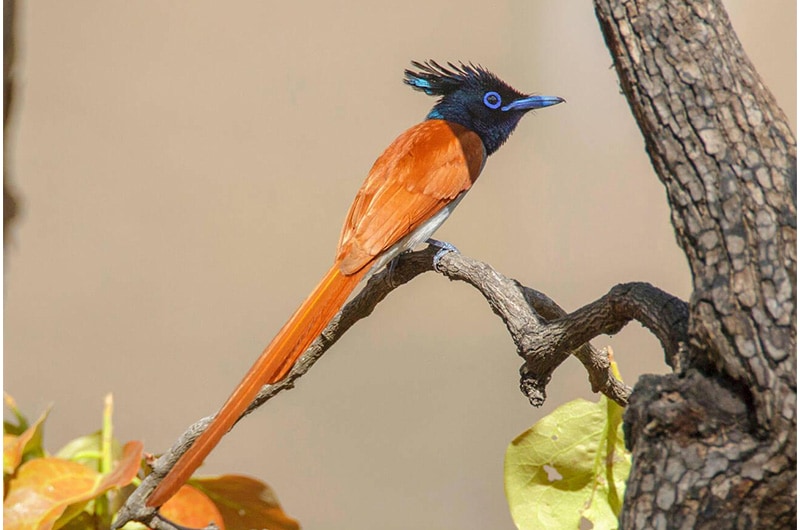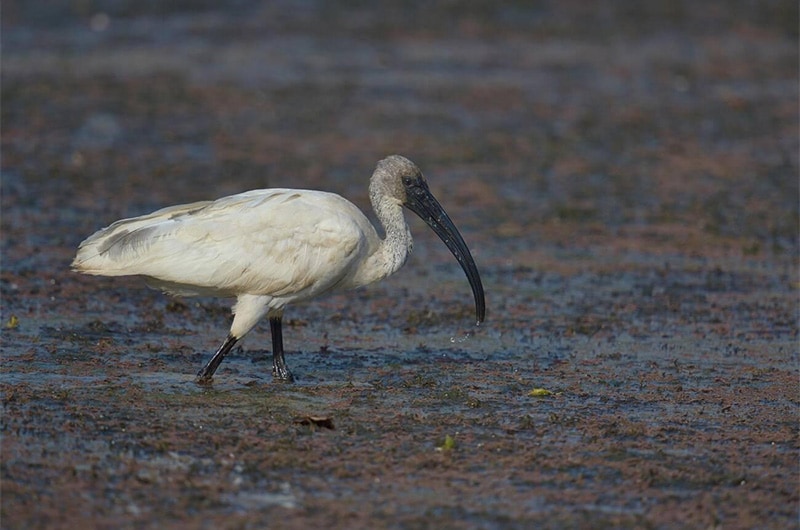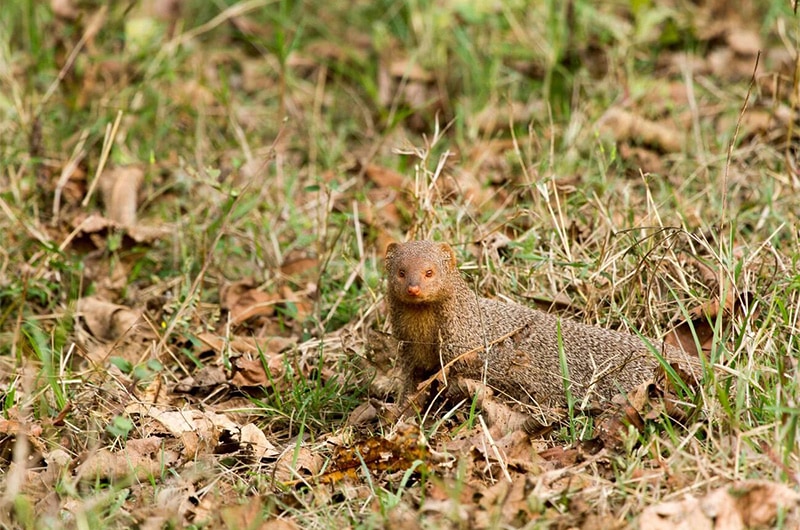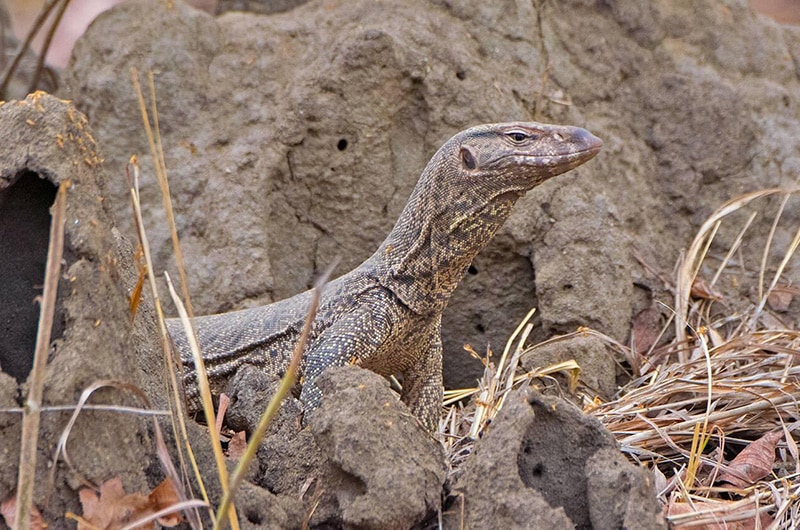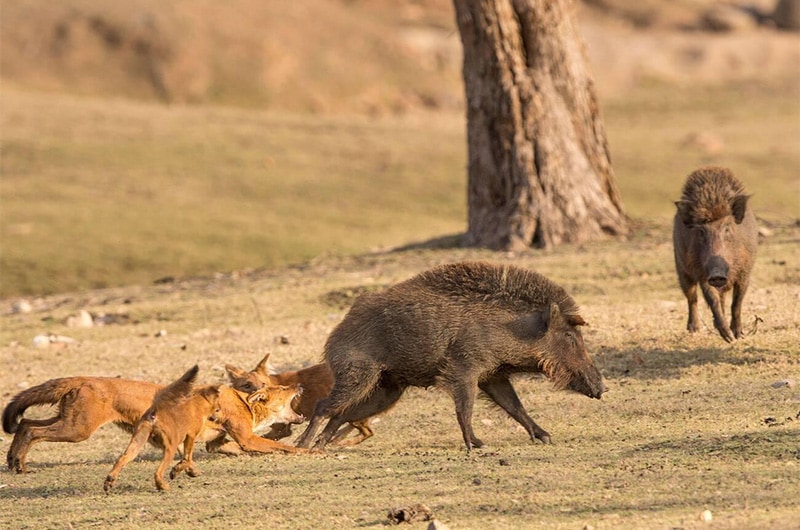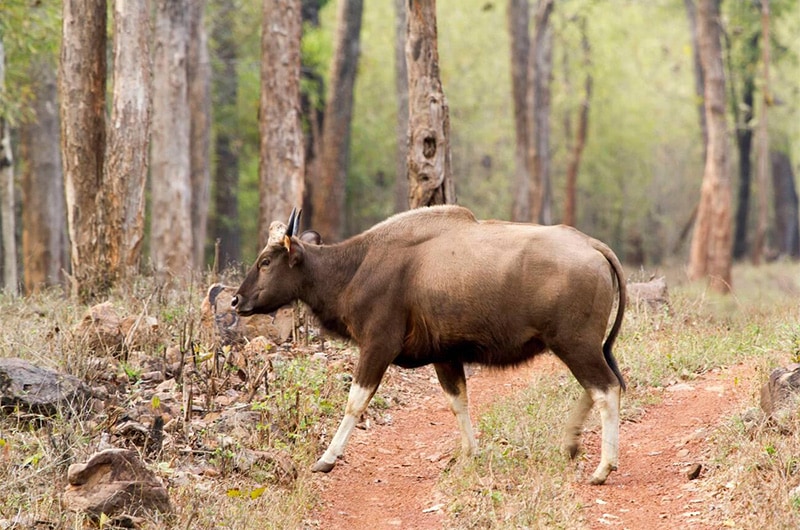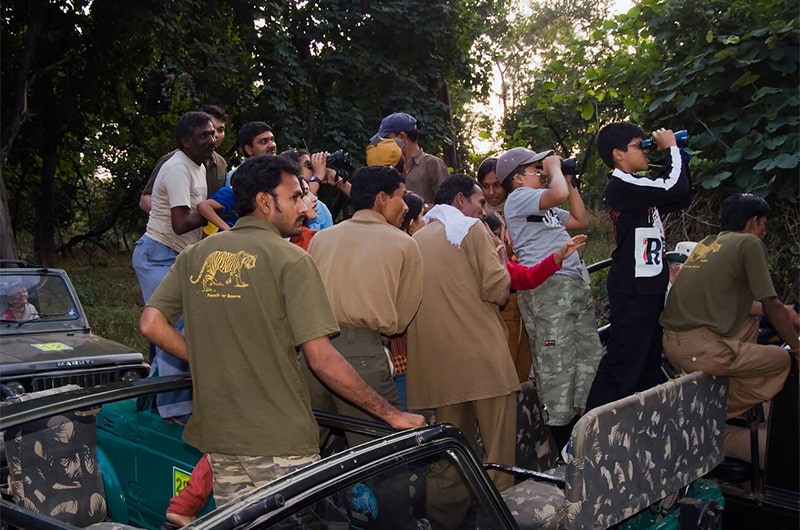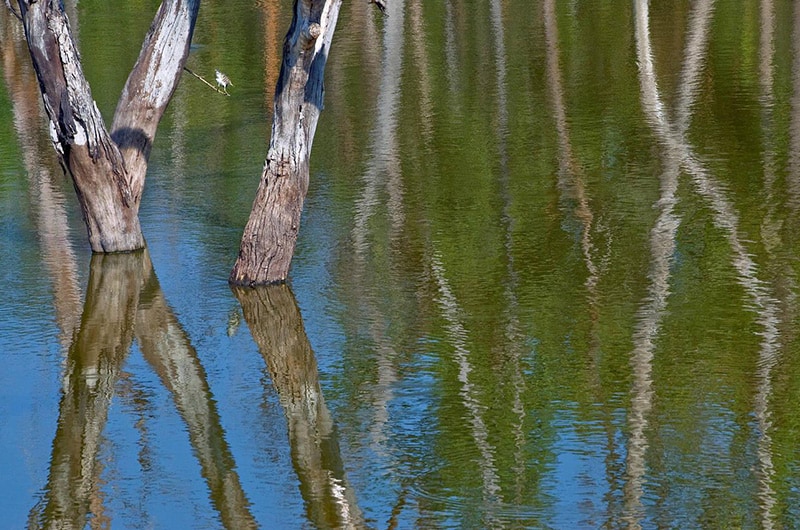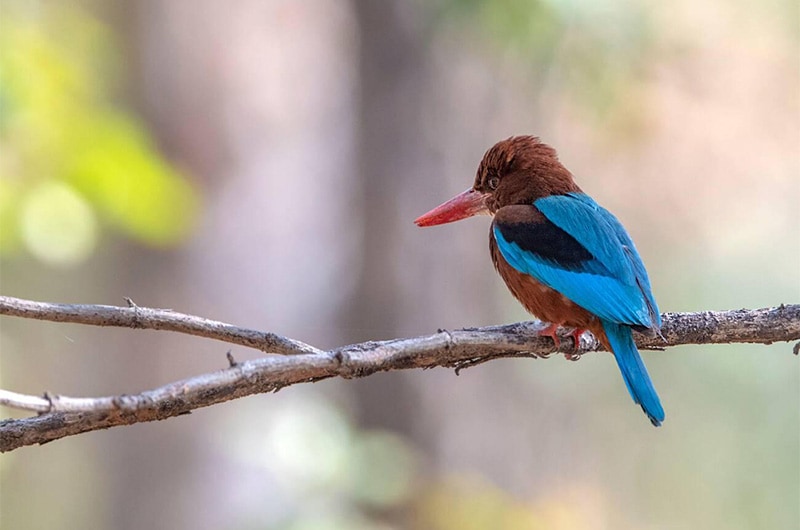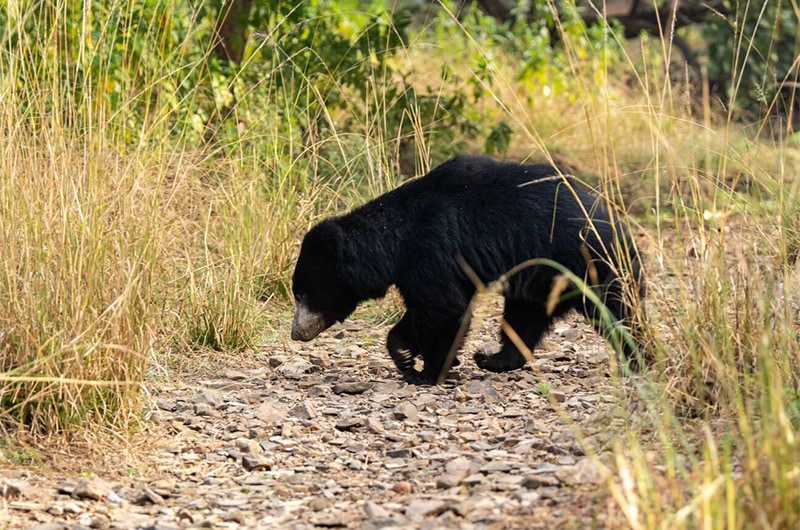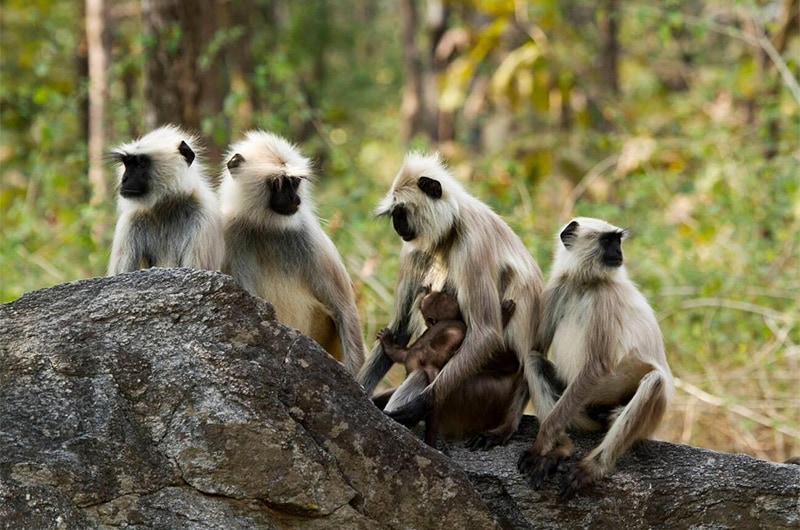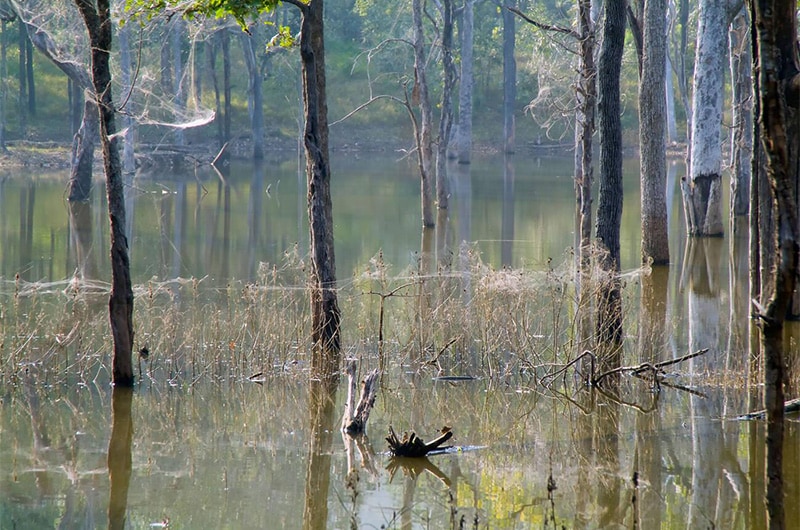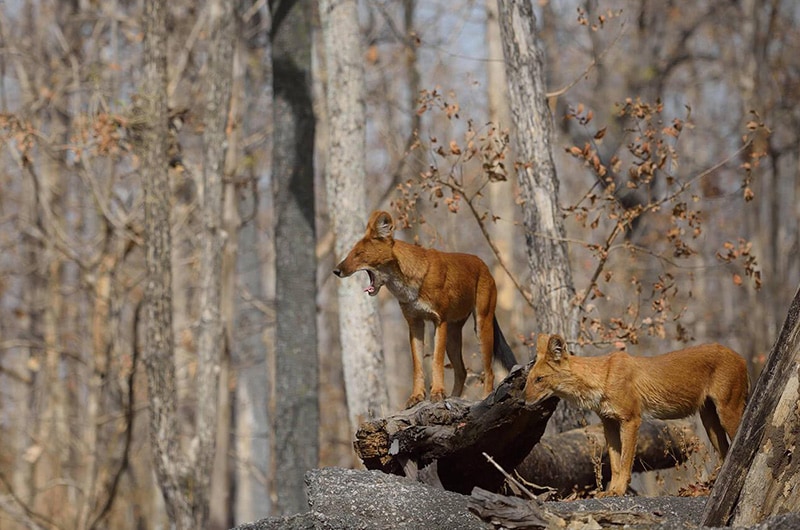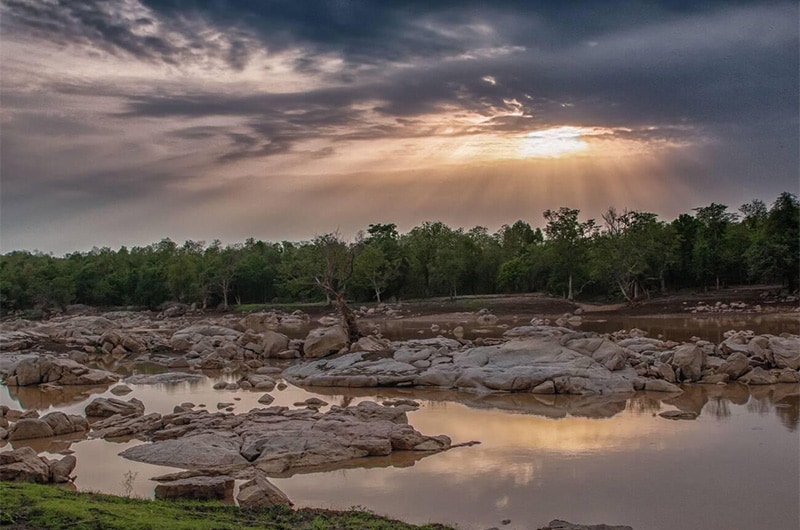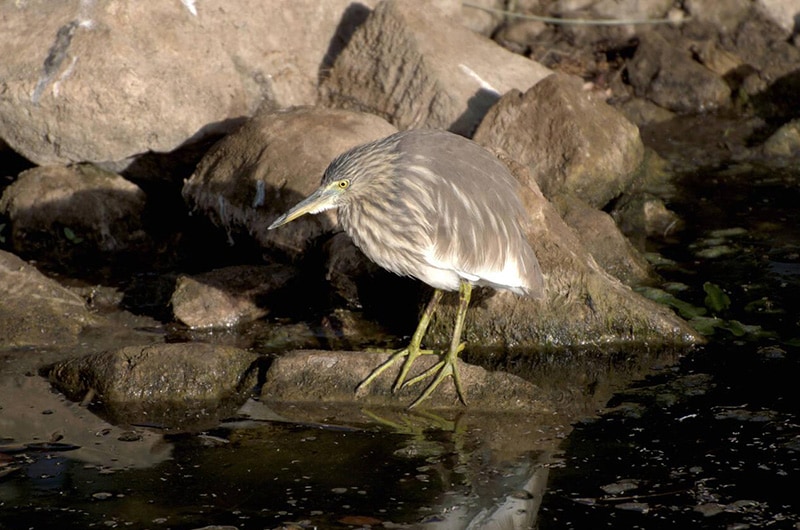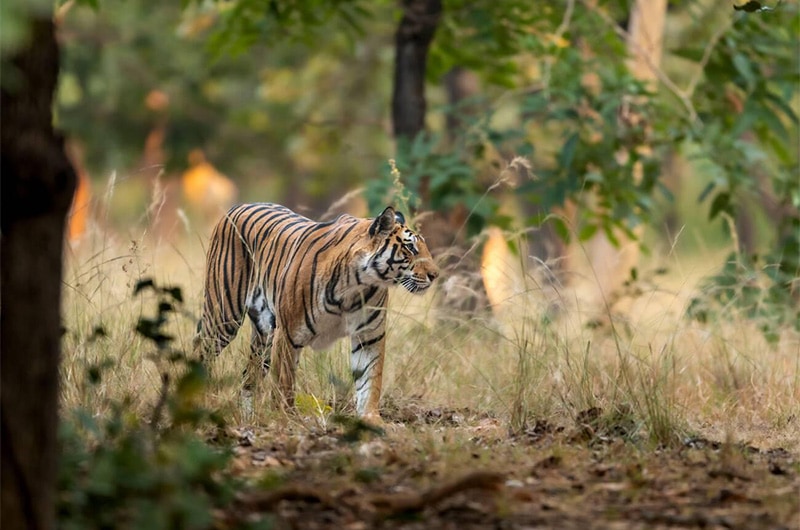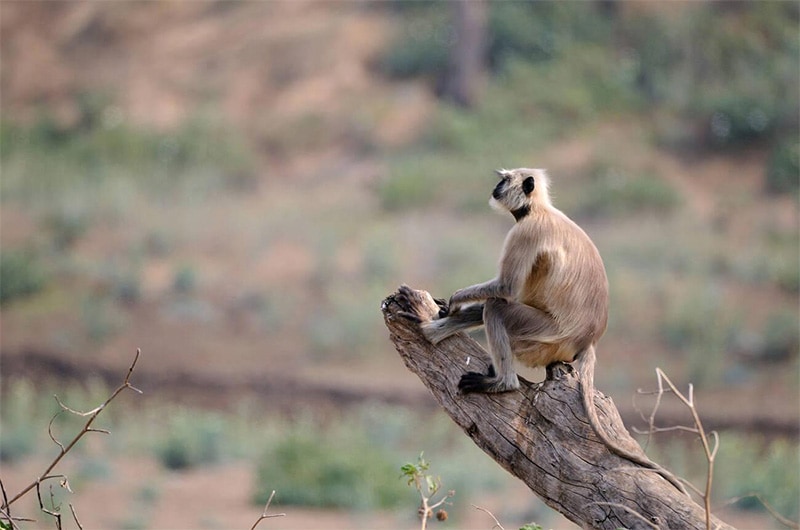Pench National Park
Pench National Park is located in the southern regions of Seoni district, which constitutes the southernmost part of Madhya Pradesh, India. The park derives its name from the Pench River, which flows through it, dividing the park into two distinct sections.
In 2002, it was rechristened as “Indira Priyadarshini Pench National Park” and “Pench Mogli Wildlife Sanctuary.”

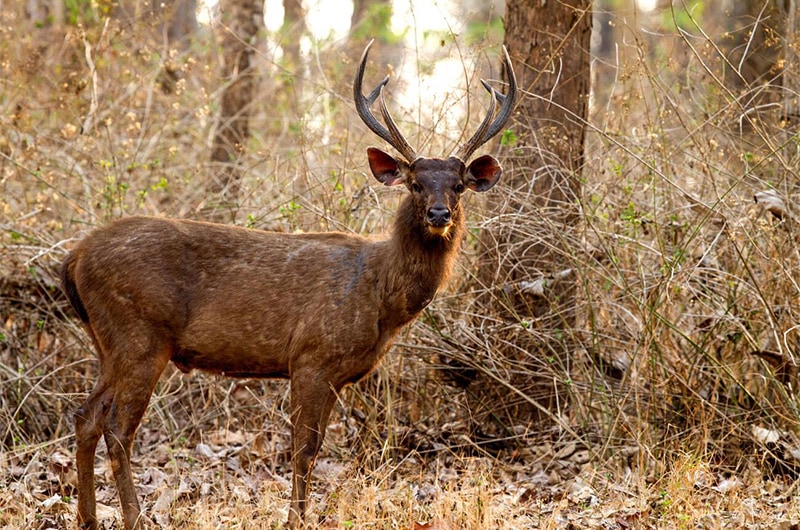
This sanctuary was declared a National Park in 1983, with two entry points (Gram Karmaazhiri and Turiya) and provides access to tourists through two entry points, namely, Gram Karmaazhiri and Turiya. Both of these entrances offer facilities, including vehicles and accommodations from the Forest and Tourism Departments, as well as private hotels. The park is open to visitors from October to June each year.
Recognizing its significance, Pench National Park was declared a Tiger Reserve in 1993, earning the distinction of being the finest tiger reserve in the country.
The park is a treasure trove of flora and fauna, with creatures like leopards, tigers, spotted deer, blackbuck, Indian hare, Indian porcupine, flying squirrel, sambar, jackal, fox, wild boar, hyena, sloth bear, langur, and blue bull taking refuge. Furthermore, it provides a haven for numerous bird species, encompassing both indigenous and migratory birds.
The park’s mention also extends to the famous 1894 story “The Jungle Book,” penned by renowned English author Rudyard Kipling. This story garnered worldwide acclaim, leading Pench National Park to become one of the popular national parks globally, as well as a prominent tourist attraction in India during the 1970s.
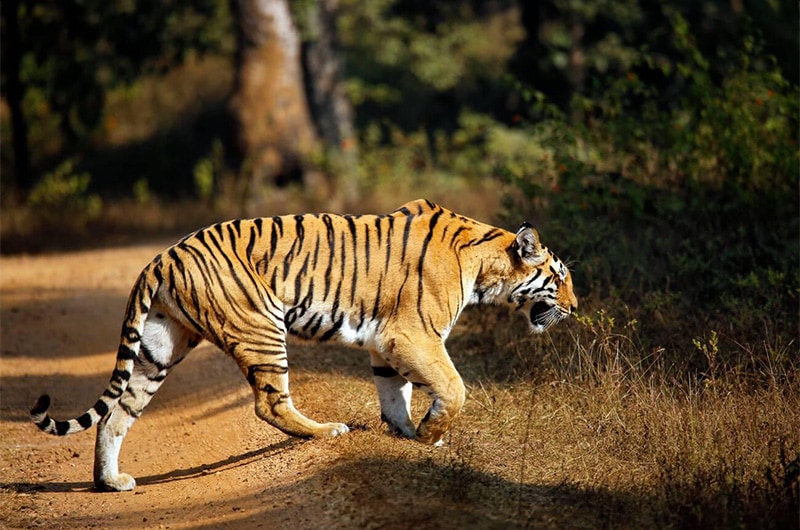


Among these avian residents, you can spot Indian pittas, white-eyed buzzards, kingfishers, hornbills, cranes, green pigeons, and flamingos, to name a few.
Under the International Hydropower Project, the Totladoh Dam has created a submerged area of 5,451 square kilometers in Madhya Pradesh. The construction of this dam has led to the formation of a massive lake in the central part of the national park, which is highly advantageous for the water needs of wildlife. The submerged area comprises 31.271 square kilometers of Chhindwara and 17.246 square kilometers of Seoni.
Experts in the field, akin to renowned national parks like Kanha and Bandhavgarh, believe that from a natural beauty perspective, Pench Tiger Reserve is in a superior condition.
Pench National Park, which earned the distinction of being the finest tiger reserve, was designated as a Tiger Reserve in 1993.
Beyond the majestic Royal Bengal Tigers, Pench National Park also provides a haven for a diverse array of carnivorous creatures. Among the notable inhabitants are Indian Leopards, Wild Dogs (known as Dholes), Wolves, Sloth Bears, Golden Jackals, Striped Hyenas, Small Indian Civets, and Common Palm Civets.




